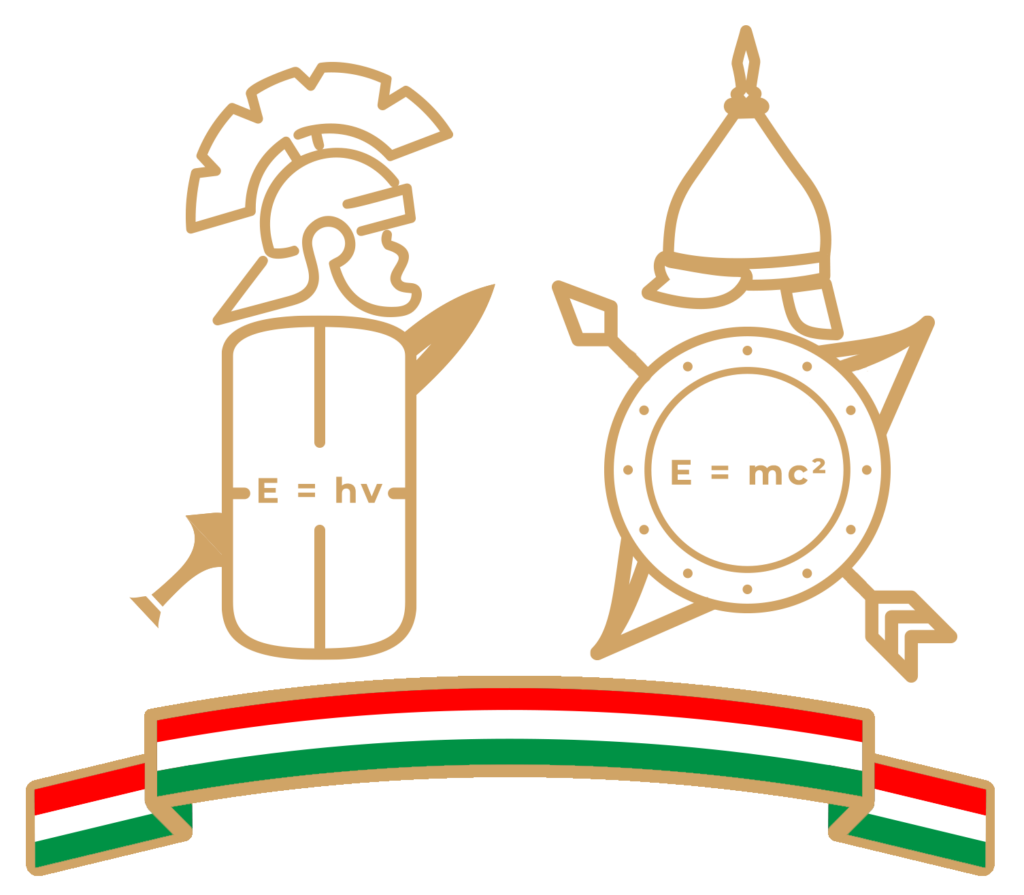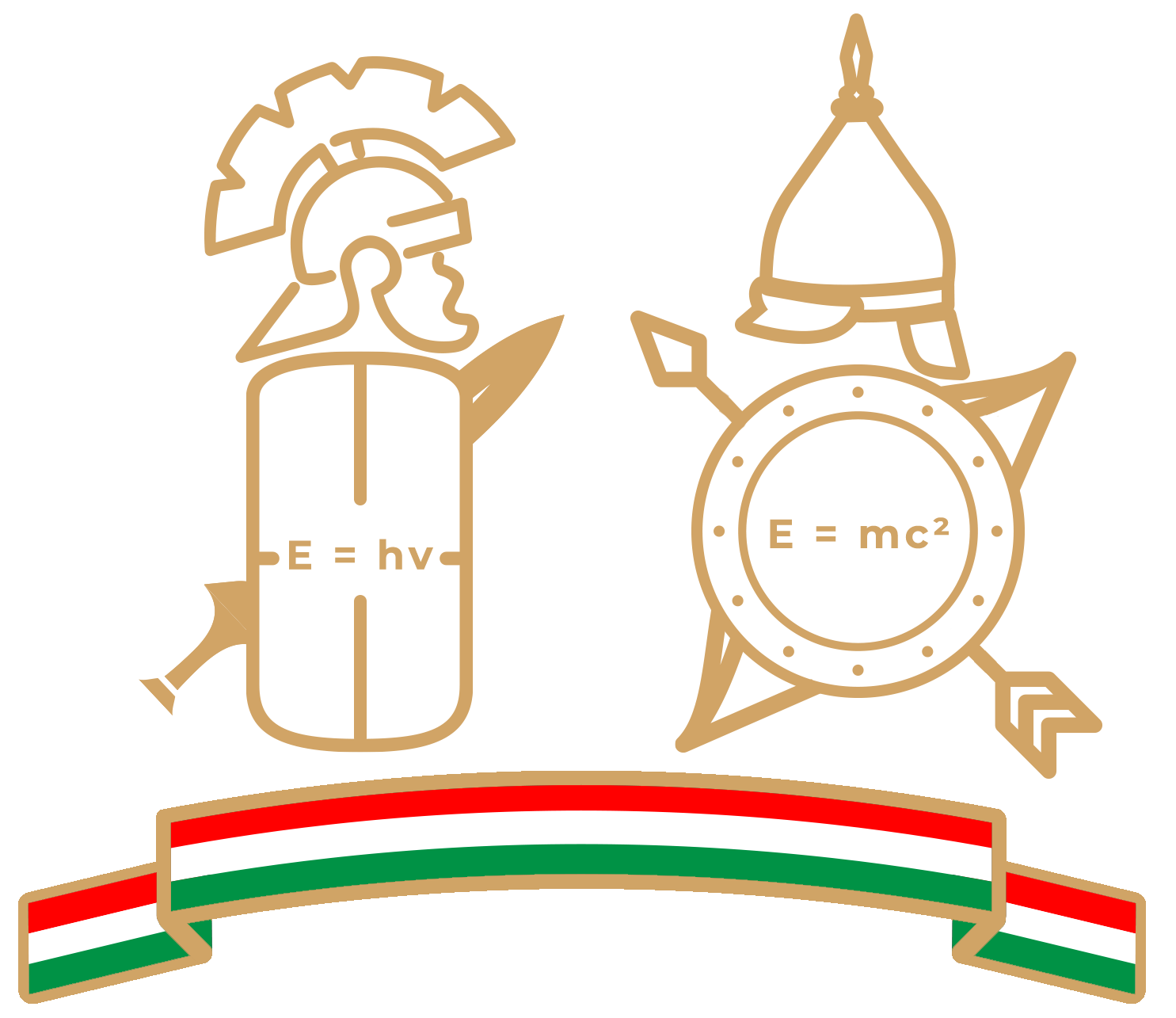
ABOUT IYPT - 2024 PROBLEMS
THE PROBLEMS
Here you can find the 17 problems announced for the 2024 IYPT competition. The reference kit provides assistance in solving the problems.
- Invent Yourself
Take a box (e.g. a matchbox), filled with identical objects (e.g. matches, balls, …). Find a method to determine the number of objects in the box solely by the sound produced while shaking the box. How does the accuracy depend on the properties of the objects, the box, and the packing density?
- Droplet Microscope
By looking through a single water droplet placed on a glass surface, one can observe that the droplet acts as an imaging system. Investigate the magnification and resolution of such a lens.
- Rigid Ramp Walker
Construct a rigid ramp walker with four legs (e.g. in the form of a ladder). The construction may begin to ‘walk’ down a rough ramp. Investigate how the geometry of the walker and relevant parameters affect its terminal velocity of walking.
- Shooting Rubber Band
A rubber band may fly a longer distance if it is non-uniformly stretched when shot, giving it spin. Optimise the distance that a rubber band with spin can reach.
- Ping Pong Rocket
A ping pong ball is placed in a container of water. When the container is dropped, the ping pong ball will get launched to a great height. What maximum height can you reach with up to 2 liters of water?
- Non-contact Resistance
The responses of a LRC circuit driven by an AC source can be changed by inserting either a non-magnetic metal rod or a ferromagnetic rod into the inductor coil. How can we obtain the magnetic and electric properties of the inserted rod from the circuit’s responses?
- Giant Sounding Plate
When a large, thin and flexible plate (e.g. plastic, metal or plexiglass) is bent, it may produce a loud and unusual howling sound. Explain and investigate this phenomenon.
- Another Magnetic Levitation
Place a large disk-shaped magnet on a non-magnetic conductive plate. When a smaller magnet is moved under the plate, the magnet on top may levitate under certain conditions. Investigate the levitation and the possible motion of the magnet on top.
- Juicy Solar Cell
A functional solar cell can be created using conducting glass slides, iodine, juice (eg. blackberry) and titanium dioxide. This type of cell is called a Grätzel cell. Make such a cell and investigate the necessary parameters to obtain maximum efficiency.
- Magnetic Gear
Take several identical fidget spinners and attach neodymium magnets to their ends. If you place them side by side on a plane and rotate one of them, the remaining ones start to rotate only due to the magnetic field. Investigate and explain the phenomenon.
- Pumping Straw
A simple water pump can be made using a straw shaped into a triangle and cut open at the vertices. When such a triangle is partially immersed in water with one of its vertices and rotated around its vertical axis, water may flow up through the straw. Investigate how the geometry and other relevant parameters affect the pumping speed.
- The Soap Spiral
Lower a compressed slinky into a soap solution, pull it out and straighten it. A soap film is formed between the turns of the slinky. If you break the integrity of the film, the front of the film will begin to move. Explain this phenomenon and investigate the movement of the front of the soap film.
- Charge Meter
A lightweight ball is suspended from a thread in the area between two charged plates. If the ball is also charged it will be deflected to one side at a certain angle. What is the accuracy of such a device for measuring the amount of charge on the ball? Optimise your device to measure the smallest possible charge on the ball.
- Ruler Trick
Place a ruler on the edge of a table, and throw a ball at its free end. The ruler will fall. However, if you cover a part of the ruler with a piece of paper and repeat the throw, then the ruler will remain on the table while the ball will bounce off it. Explain this phenomenon, and investigate the relevant parameters.
- Wet Scroll
Gently place a piece of tracing paper on the surface of water. It rapidly curls into a scroll and then slowly uncurls. Explain and investigate this phenomenon.
- Cushion Catapult
Place an object on a large air cushion and drop several other objects in such a way that the first object is catapulted away. Investigate how the exit velocity depends on relevant parameters.
- Quantum Light Dimmer
If you put a flame with table salt added in front of a vapour sodium lamp, the flame casts a shadow. The shadow can become lighter, if the flame is put into a strong magnetic field. Investigate and explain the phenomenon.
Authors: Felix Wechsler, Martin Plesch, Soňa Gažáková, Luc
Mazereeuw, Kent Hogan, Martin Koh, Yung-Yuan Hsu, Ilya Martchenko, Nikita Chernikov, Sam Edgecombe, Lukasz Gladczuk, Artem Sukhov, Yihan Xu, Homichenko Alexsandrovich, Radost Waszkiewicz, Jim Chen
Problem Selection Committee: John Balcombe, Ryan Hsiao-Tzu Lin, Sam Edgecombe, Samuel Byland
You can find the official, signed document containing the problems, here.
